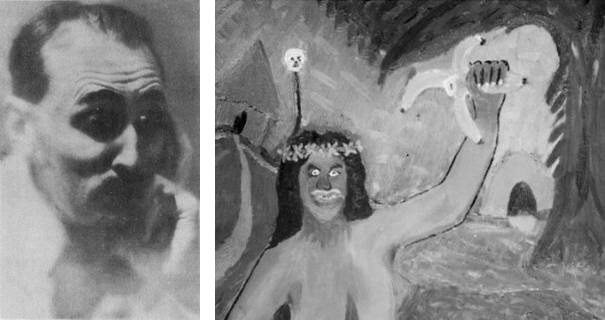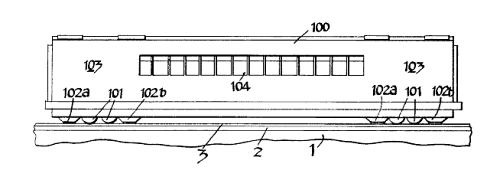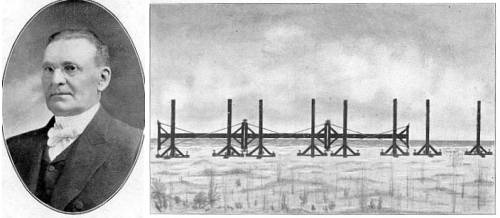
In 1989, Jules Verne’s great-grandson opened a disused family safe and found a forgotten manuscript. Composed in 1863, Paris in the Twentieth Century imagines the remote future of August 1960 — a world illuminated by electric lights in which people drive horseless carriages powered by internal combustion and ride in automatic, driverless trains.
In Verne’s vision, the citizens of Paris use copiers, calculators, and fax machines; inhabit skyscrapers equipped with elevators and television; and execute their criminals in electric chairs. Twenty-six years before the Eiffel Tower was erected, Verne described “an electric lighthouse, no longer much used, [that] rose into the sky to a height of 152 meters. This was the highest monument in the world, and its lights could be seen, forty leagues away, from the towers of Rouen Cathedral.”
Verne’s publisher had returned the manuscript because he found it too dark — in addition to the city’s technological wonders, it describes overcrowding, pollution, the dissolution of social institutions, and “machines advantageously replacing human hands.”
“No one today,” he had written, “will believe your prophecy.”




